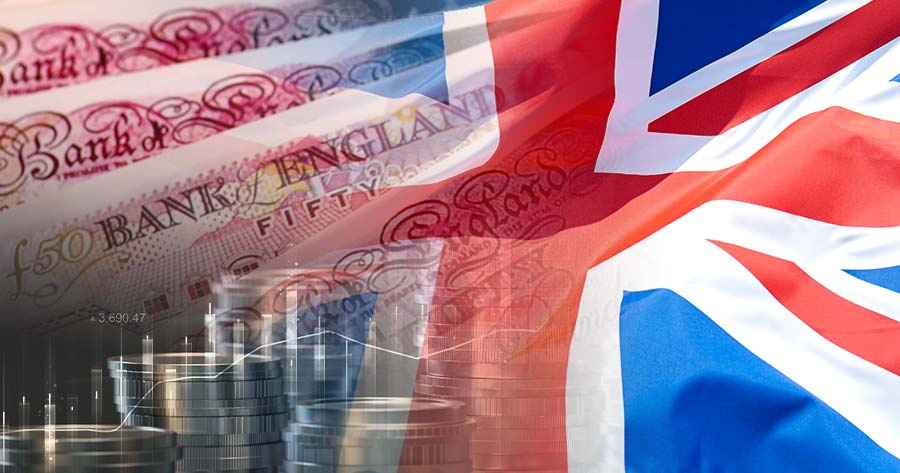Britain’s headline inflation rate held firm in September, confounding expectations of a rise and providing a breathing room for Finance Minister Rachel Reeves as she prepares her key November budget.
Official data released Wednesday by the Office for National Statistics showed annual consumer price inflation remained unchanged at 3.8% for the third consecutive month—higher than any other major advanced economy.
The Bank of England and a majority of economists polled by Reuters had anticipated an uptick to 4.0%. Service sector inflation also defied forecasts, holding at 4.7%, below the 4.9% projected by the Reuters survey.
The data triggered an immediate drop in the pound against the US dollar and saw investors move forward their expectations for the next Bank of England interest rate cut to February, a month sooner than previously expected.
The surprise news that inflation had not increased was positive for the BoE and financial markets, said Luke Bartholomew, deputy chief economist at Aberdeen. He added that the UK’s inflation challenge now appeared to be marginally improving from the recent weeks.
The persistence of high inflation continues to complicate the Bank of England’s efforts to lower borrowing costs in support of the sluggish economy. It also adds to the government’s mounting debt servicing burden at a time of intensifying public spending demands. Reeves is widely expected to announce tax increases in her November 26 budget, with some analysts warning that certain measures could inadvertently further stoke inflation in 2026.
Reacting to the data, Reeves said she was not satisfied with the current inflation figures and indicated her upcoming budget would include initiatives to tackle the high cost of living.
Last week, the International Monetary Fund projected the UK will continue to experience the highest inflation among the Group of Seven (G7) nations into 2025 and 2026, complicating the BoE’s efforts to lower rates. The central bank expects inflation to moderate gradually but not reach its 2% target until the second quarter of 2027.
September’s data showed transport costs contributed most to the headline figure, while the largest downward influences came from recreation, culture, and food and non-alcoholic beverages.





